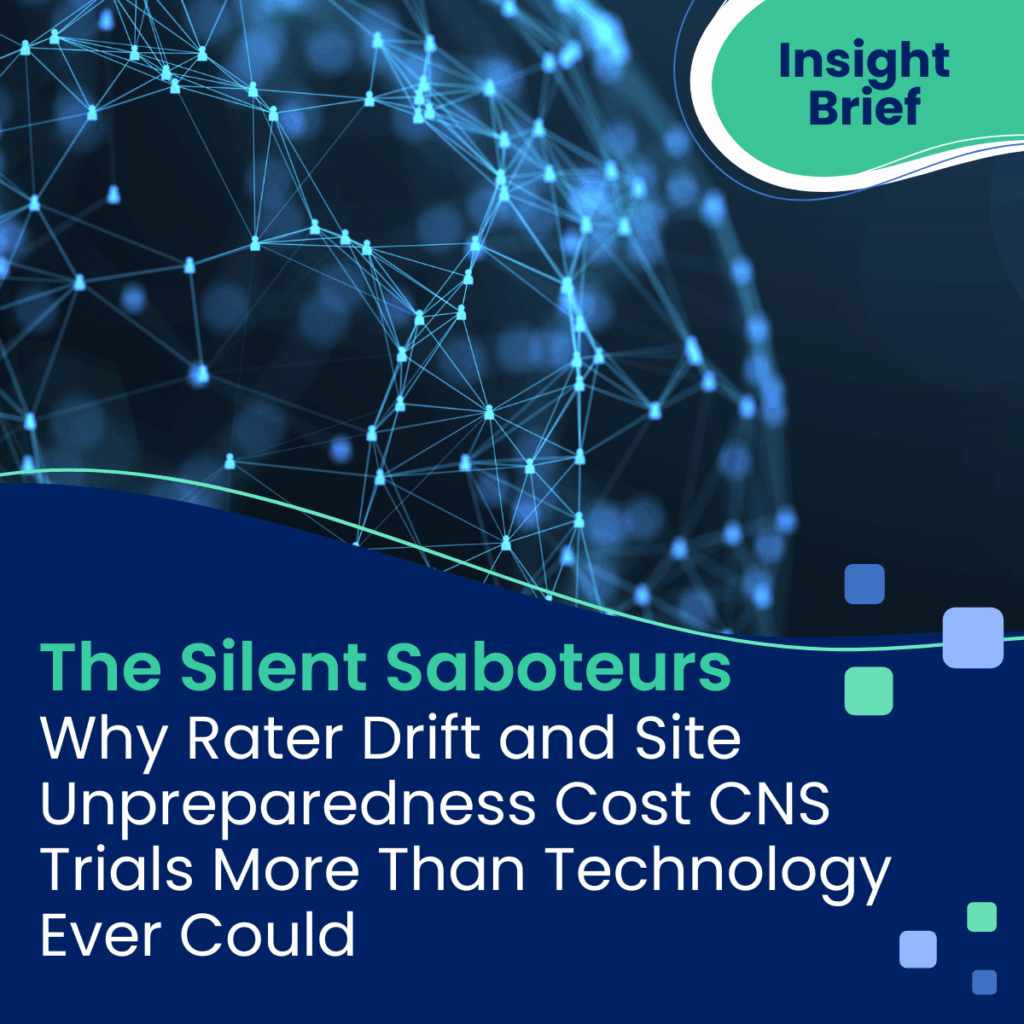Why comprehension is the Achilles heel of informed consent—and what to do about it.
When a patient agrees to join a clinical trial, they’re not just giving a signature—they’re placing real trust in researchers, physicians, and the system as a whole. But here’s the uncomfortable truth: a large portion of participants don’t actually understand what they’ve signed up for. And that gap? It’s not just an ethical issue. It’s a barrier to trial success.
Let’s break this down.
1. Informed Consent ≠ A Signature
Informed consent should be about clarity and autonomy—not legalese.
The foundations are clear: Belmont Report, Declaration of Helsinki, decades of ethics frameworks (U.S. Department of Health and Human Services, 1979; World Medical Association, 2013). But in practice, we fail to deliver on the core promise—patient comprehension.
Pietrzykowski & Smilowska (2021) showed that half of participants don’t understand core concepts like randomization, placebo, and risks. That’s not a small problem. That’s structural.
2. Poor Understanding = Poor Outcomes
If participants don’t understand the trial, they leave.
That’s not conjecture. According to Fogel (2018), those with lower comprehension are twice as likely to withdraw early. The implications:
- Increased cost
- Disrupted timelines
- Compromised data integrity.
And ultimately, delayed or failed trials.
3. Traditional Consent Methods Don’t Cut It
Consent forms today are dense, jargon-filled, and often completely inaccessible.
Even without barriers like low literacy or language differences, complex trial designs are hard to grasp. Tam et al. (2015) and Glaser et al. (2020) both highlight the same issue: critical concepts are routinely misunderstood by participants across all populations.
So, why are we still defaulting to static PDFs and rushed consent conversations?
4. What Actually Works
We don’t need more documentation. We need better communication.
The good news: there are proven ways to bridge the gap.
- Interactive Consent Tools
Multimedia and digital platforms lead to 85% higher comprehension vs traditional methods (Glaser et al., 2020). - Teach-Back Techniques
Asking participants to explain concepts back ensures understanding—and boosts retention (Sudore et al., 2006). - Ongoing Conversations
Consent isn’t a one-time event. Re-engagement throughout the trial matters (Nishimura et al., 2013).
This isn’t about ticking boxes. It’s about building real understanding.
5. Where Castor Comes In
This is exactly the kind of problem tech should be solving.
At Castor, our eCOA/ePRO platform is designed to make complex trial information simple, personalized, and always accessible. We enable:
- Modular, customized consent flows
- Rich educational materials tailored to each trial
- Full interoperability with trial systems
- Continuous participant engagement.
It’s not just more readable. It’s more trustworthy.
6. The Bigger Picture
Improving informed consent is not just a compliance play—it’s a quality imperative.
When patients understand the trial, they’re more likely to stay in it. That means better adherence, higher-quality data, and faster, more reliable insights. It also means trust. And right now, the clinical trial ecosystem needs more of that.
Nusbaum et al. (2017) said it well: effective risk/benefit communication builds confidence in research itself. We need that—not just for trial success, but for the broader perception of science in society.
Final Thought:
If we want to run better trials, we need to start by asking: “Do participants really understand what’s going on?”
Right now, the answer is often no. But it doesn’t have to be.
Let’s stop viewing informed consent as a checkbox. Let’s build systems that make comprehension the starting point—not the afterthought. That’s how we improve outcomes—for patients, for researchers, and for the entire healthcare system.


